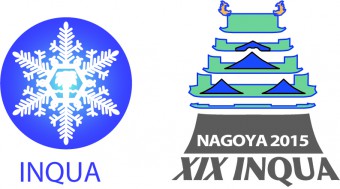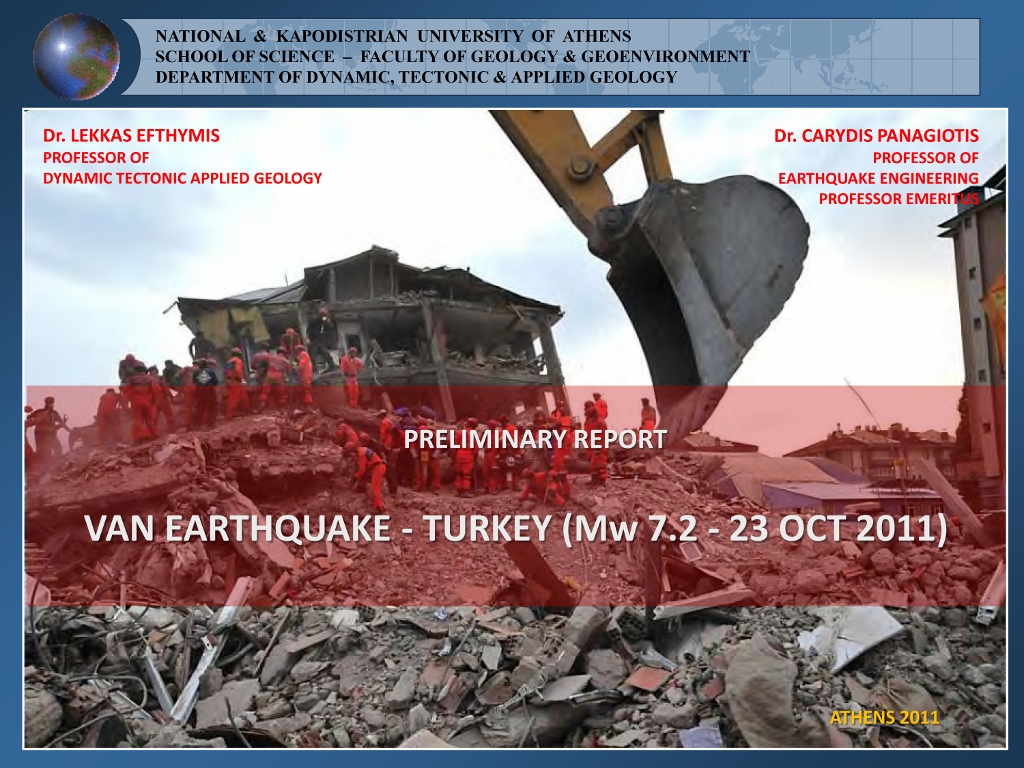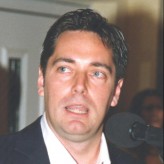
The 19th INQUA Congress in Nagoya has now finished. It was a great gathering of scientists working in Quaternary. Overall 1800 researchers from 69 countries participated. Early Career Scientists (ECR) had a very strong presence (many thanks to INQUA for promoting ECRs). The venue offered enough time for discussions and was supported by several pre- mid and post congress fieldtrips. Two days were fully covered by active tectonics and paleoseismology studies and another one by tsunami related studies.

Our active tectonics and paleoseismology colleagues Frank Audemard and Alessandro Michetti have been re-elected as Vice-President of INQUA and President of the TERPRO Commission (Terrestrial Processes, Deposits, and History) respectively. Many thanks to Koji Okumura for the fantastic organization of the meeting and his successful work within INQUA as the former Vice-President. The next Congress has now been scheduled for Dublin (Ireland) in 2019, so be prepared.
In the meantime we will have the opportunity to meet in future meetings and workshops of our Focus Group on Active Tectonics and Paleoseismology.
Databases for active faults are a major input for seismic hazard assessment and have been widely developed in several countries (such as USA, Japan, Italy and New Zealand). Despite the fact that Greece is the country of highest seismicity in Europe where almost 50% of the total seismic energy is realized, no official or unofficial active fault database exists. This is partly due to the fact that there are so many active faults that introduce a heavy workload, whereas several of them are also located offshore. This is particularly difficult for engineers since according to the latest the seismic building code that was released in 2000, no houses should be founded on active faults. more
A very nice animation of the 2011 worldwide seismicity for earthquakes M ≥ 4.5 in the following link http://www.youtube.com/watch?v=cwWn_W6ZbT4&feature=youtu.be (with sound intensity for each earthquake plotted on an orthographic globe map).
more
The 2nd INQUA- IGCP 567 International Workshop on “Active Tectonics, Earthquake Geology, Archaeology and Engineering” was held in Corinth 19-24 September 2011. The event has been organized jointly by the INQUA-TERPRO Focus Area on Paleoseismology and Active Tectonics and the IGCP-567 “Earthquake Archaeology”.
more
A very interesting paper by Oskin et al. (2012) published in Science (http://www.sciencemag.org/content/335/6069/702.full) a few days ago shows how the M 7.2 Mexico earthquake in April, 2010, has changed the landscape down to a few cm. The El Mayor–Cucapah earthquake produced a 120-kilometer-long multifault rupture through northernmost Baja California, Mexico. more
 Some preliminary results regarding geological, engineering and social aspects from the Van Mw 7.2 earthquake (23 October 2011) in Eastern Turkey from Prof. Lekkas and Prof. Karydis visit to the site. Have a look at the following link:
Some preliminary results regarding geological, engineering and social aspects from the Van Mw 7.2 earthquake (23 October 2011) in Eastern Turkey from Prof. Lekkas and Prof. Karydis visit to the site. Have a look at the following link:
http://www.elekkas.gr/el/research/missions/turkey-mission.html
 After the very successful 1st Workshop on Earthquake Archaeology and Paleoseismology held in the ancient roman site of Baelo Claudia (Spain, 2009), the INQUA Focus Group on Paleoseismology and Active Tectonics decided to elaborate a bi-annual calendar to support this joint initiative with the IGCP-567 “Earthquake Archaeology”. This second joint meeting moved to the eastern Mediterranean, a tectonically active setting within the Africa-Eurasia collision zone and located in the origins of the pioneer’s works on archaeoseismology. However, for the coming year 2012, at least a part of us will move also to the New World, where the 3rd INQUA-IGCP 567 international workshop will take place in Morelia, Mexico in November 2012. It is planned to proceed with the meeting, so we are thinking of Aachen, Germany, to be the host in 2013, possibly together with Louvain, Belgium.
After the very successful 1st Workshop on Earthquake Archaeology and Paleoseismology held in the ancient roman site of Baelo Claudia (Spain, 2009), the INQUA Focus Group on Paleoseismology and Active Tectonics decided to elaborate a bi-annual calendar to support this joint initiative with the IGCP-567 “Earthquake Archaeology”. This second joint meeting moved to the eastern Mediterranean, a tectonically active setting within the Africa-Eurasia collision zone and located in the origins of the pioneer’s works on archaeoseismology. However, for the coming year 2012, at least a part of us will move also to the New World, where the 3rd INQUA-IGCP 567 international workshop will take place in Morelia, Mexico in November 2012. It is planned to proceed with the meeting, so we are thinking of Aachen, Germany, to be the host in 2013, possibly together with Louvain, Belgium.
more
The program of the upcoming 2nd INQUA – IGCP 567 International Workshop on Active Tectonics, Earthquake Geology, Archaeology and Engineering just released! Have a go!
19-24 September 2011 Corinth, Greece
PROGRAM WORKSHOP Corinth 2011
Following Tomas post let’s stay a little longer on the Corinth Canal. The 6 km long famous Corinth Canal despite being an amazing feat of engineering, since it was constructed 120 year ago, it’s also a geology field trip favourite because it is basically a MEGA TRENCH.
More than 40 faults can be identified some of them offsetting the entire sedimentary column, whereas others are confined within the lower sediments. Therefore, this photo shows a very nice example of an active and inactive fault within the same outcrop. You can rarely see something like that and this is a unique site where everybody can see and comprehend it.

View of an active and inactive fault

Faults also die.
It shows also that faults die. This is very important because there are numerous faults in the crust, however the majority of them are inactive (e.g. can not give an earthquake today, but they did so in the past). So for earthquake geologists their first major goal is to identify which of the faults they map are active (e.g. can generate earthquakes today and represent seismic sources).
Faults also die.







